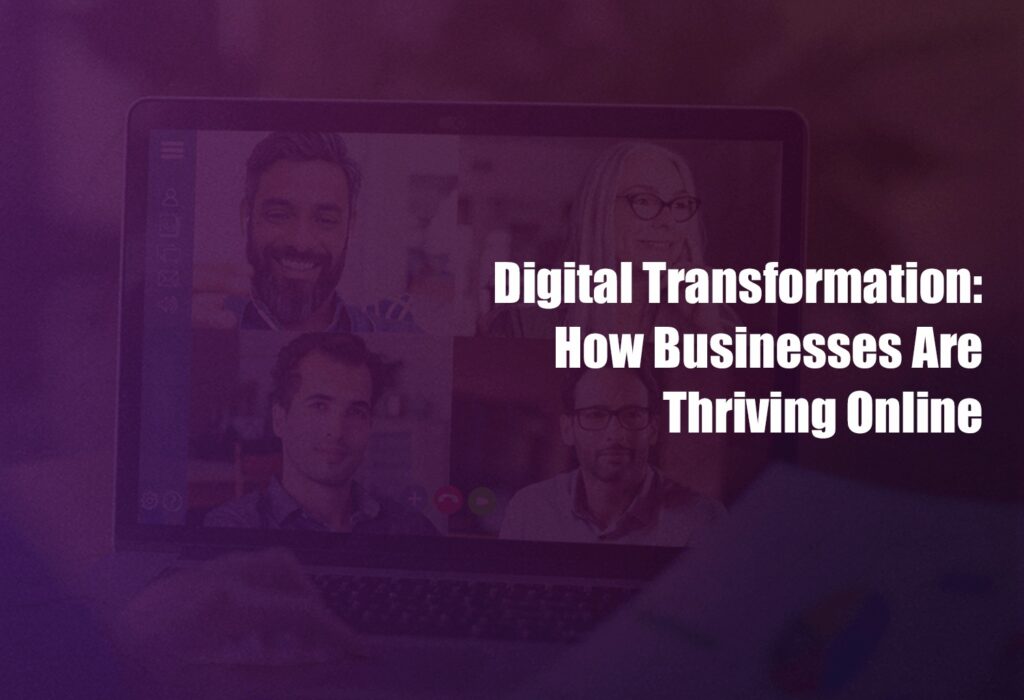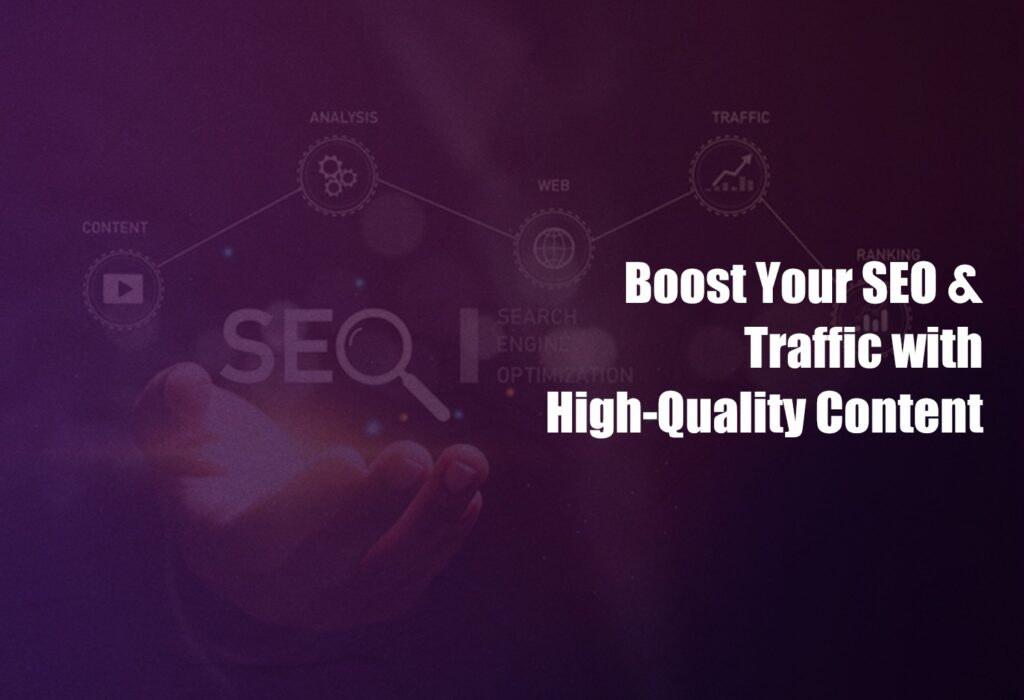Building an online store is more than just setting up a website and uploading products. It’s about creating a platform that’s functional, visually appealing, and offers an effortless shopping experience for customers. Whether you’re launching your first online business or revamping an existing ecommerce website, the process involves a mix of strategy, creativity, and technical know-how. Let’s explore the key points that can help you create an engaging and high-converting ecommerce website design.
Understand Your Audience
Before jumping into the design phase, take a moment to define who your audience is. Who are you building this ecommerce website for? What do they value, and what are their pain points? A deep understanding of your target customers will guide your decisions throughout the process, from the layout to the messaging.
For example, if you’re targeting young professionals, a sleek, minimalist design might resonate better than a colorful, playful aesthetic. Conversely, if your audience includes families, you may want a warm and inviting tone. Knowing your audience ensures your business online caters to their needs and preferences from the start.
Choose the Right Platform
Not all platforms are created equal. The foundation of your ecommerce website lies in choosing the right one to suit your business goals. Shopify, WooCommerce, and BigCommerce are some popular options, each offering different features to support various needs.
The platform you select should be scalable, easy to manage, and capable of integrating with tools you need, like payment gateways and inventory systems. If you’re new to the process, focus on platforms that simplify setup while offering flexibility to customise your ecommerce website design as your business grows.
Focus on User Experience
The heart of every successful online store is user experience. Visitors should be able to find what they’re looking for without frustration. Clean navigation, intuitive layouts, and simple menus can make all the difference.
Embrace Mobile-Friendly Design
With mobile shopping on the rise, it’s essential to prioritise mobile responsiveness. An ecommerce website that isn’t optimised for mobile devices risks alienating a large portion of potential customers. Your design should adapt seamlessly to any screen size, ensuring users have a consistent experience whether they’re browsing on a phone, tablet, or desktop.
Make sure text is legible, images are responsive, and buttons are large enough to tap without effort. A mobile-friendly design isn’t just about user experience; it also improves your site’s search engine rankings, making it an essential component of your ecommerce website design strategy.
Speed Matters
Nobody likes a slow-loading website, especially when shopping online. Page speed plays a critical role in keeping visitors engaged and driving conversions. Compress images, use reliable hosting, and reduce unnecessary code to ensure your online store loads quickly.
Think about the last time you clicked away from a site because it took too long to load. That’s exactly what you want to avoid with your ecommerce website. A fast site not only keeps visitors happy but also improves your rankings on search engines, making speed optimisation a win-win.
High-Quality Visuals and Descriptions
Your product pages are where decisions are made, so they need to shine. High-quality images that showcase your products from different angles are non-negotiable. Pair them with engaging descriptions that focus on the benefits and features of your products.
Avoid generic text. Instead, write descriptions that speak to your audience’s needs. For example, instead of saying “comfortable shoes,” describe them as “designed with memory foam soles for all-day comfort, whether you’re working or running errands.” Quality content and visuals make your products irresistible and set your ecommerce website apart from competitors.
Simplify the Checkout Process
You’ve done all the hard work to get visitors to add items to their cart, don’t lose them with a complicated checkout process. Keep it simple and straightforward.
Allow guest checkouts so users don’t feel forced to create an account. Minimise the number of steps and forms required to complete a purchase, and ensure your checkout page is secure. Offering multiple payment options, including credit cards, digital wallets, and PayPal, can also improve the shopping experience. A streamlined checkout process can significantly boost your online business sales.
Build Trust with Your Customers
Trust is everything in an online business, and your website needs to communicate that customers are in safe hands. Displaying trust badges, highlighting secure payment options, and showcasing reviews or testimonials can go a long way in building confidence.
Additionally, make sure your policies for returns, shipping, and customer support are clearly visible. Customers are more likely to shop when they know they can easily reach out if something goes wrong. Trust signals don’t just reassure customers. They can also reduce cart abandonment rates.
Continuous Testing and Improvement
Your ecommerce website should never remain static. As trends evolve and customer expectations shift, it’s important to regularly analyse performance and make improvements.
Use analytics tools to track metrics like bounce rates, time spent on pages, and conversion rates. Conduct A/B testing on elements like CTAs, product layouts, or color schemes to see what resonates most with your audience. The more you optimize, the more effective your online store will become over time.
Conclusion
Creating an effective ecommerce website involves more than just good design, it’s about understanding your audience, optimising user experience, and building trust. By focusing on mobile-friendly design, fast performance, and streamlined navigation, you can create an online store that attracts and retains customers.
Remember, your online business is an ongoing journey. Regularly evaluate your website, stay updated with industry trends, and continuously make improvements. With the right approach, your ecommerce website design can drive sales and deliver an exceptional user experience.




